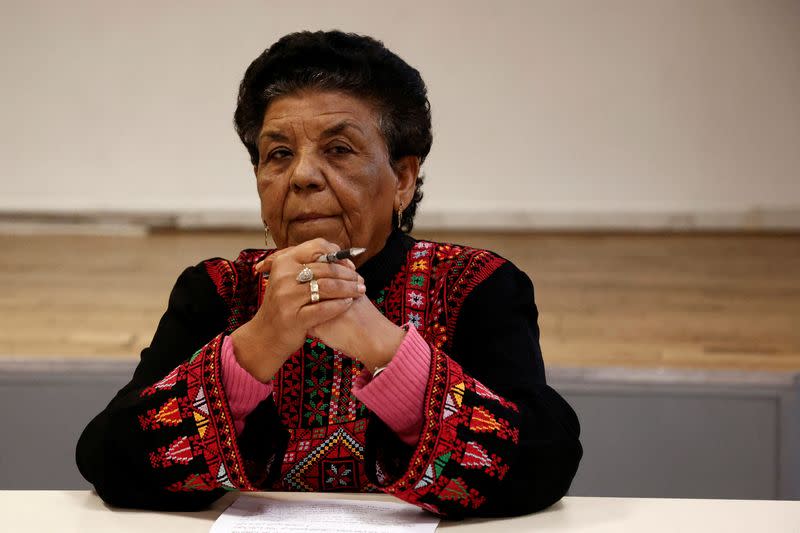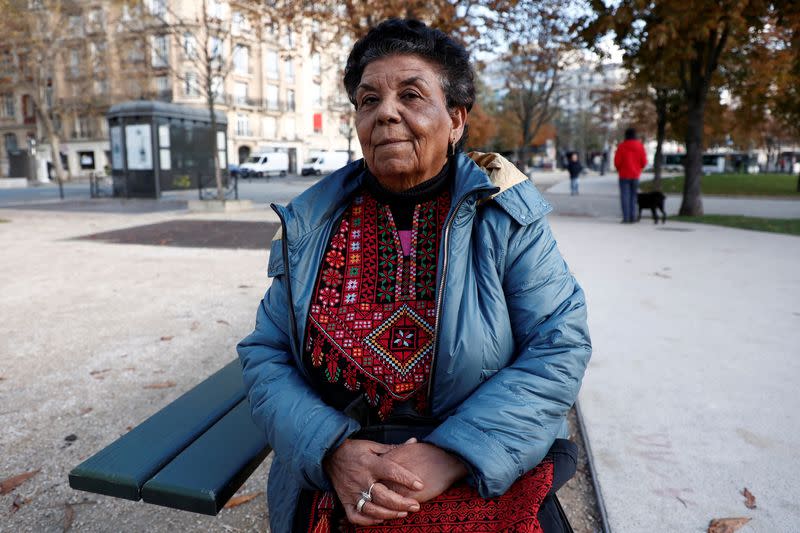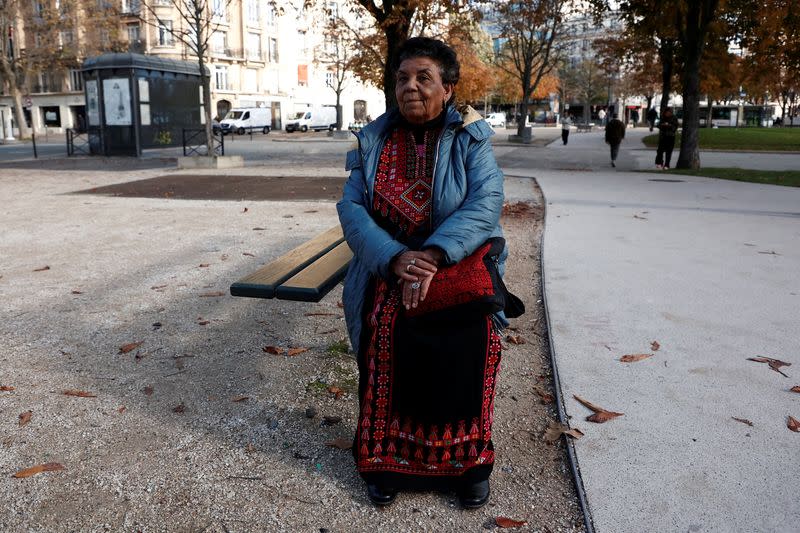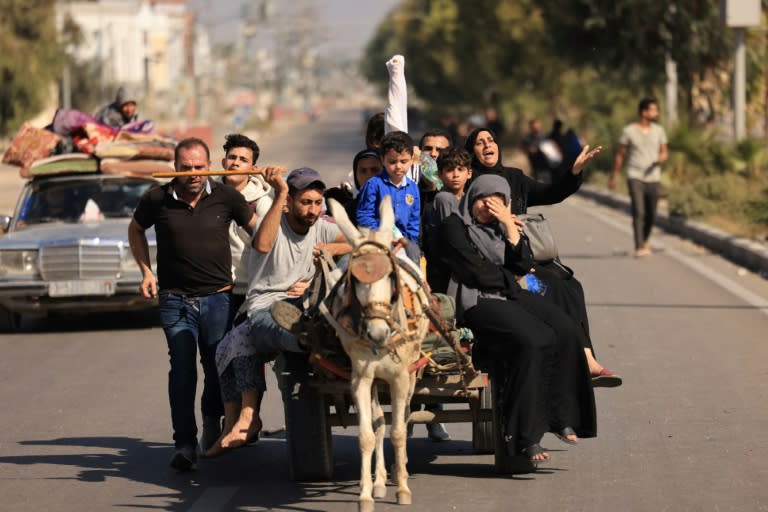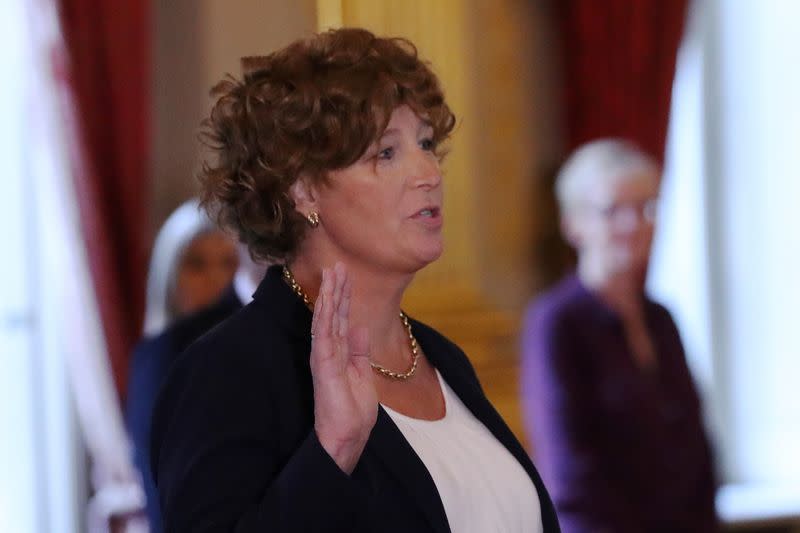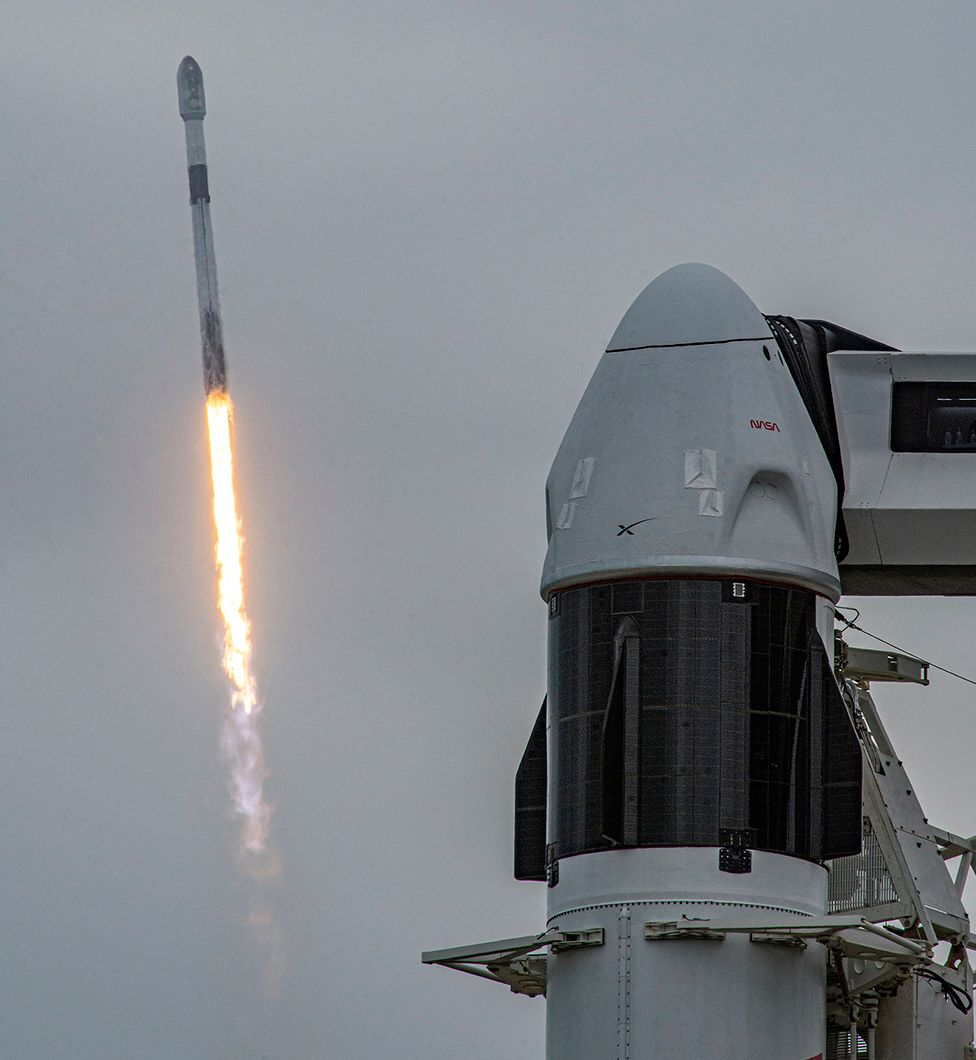2023/11/12

The massive convergence of world and corporate leaders on San Francisco for this week’s Asia Pacific Economic Cooperation gathering offers a welcome boost — but also some risk — for Democratic Party leaders from President Joe Biden to Gov. Gavin Newsom and Mayor London Breed.
All three have seen their popularity sag in recent polls amid mixed economic signals, troubles abroad and domestic woes from crime to homelessness, while the host city itself has seen its spectacular vistas, cable cars and sourdough eclipsed by news reports of rampant retail thefts, car break-ins and homelessness.
The APEC CEO Summit — said to be the biggest gathering of world leaders in the city since the founding of the United Nations there in 1945 — offers a chance to reset that narrative.
“There’s a lot at stake,” said David McCuan, a political science professor at Sonoma State University. “It’s a bit of a forward-looking, turning of the page.”
The event will bring together Biden with the leaders of China, Canada, Vietnam, Malaysia, Thailand, Peru, Chile, Indonesia and the Philippines along with dozens of marquee CEOs including Tesla’s Elon Musk, Pfizer’s Albert Bourla, Google’s Sundar Pichai, Microsoft’s Satya Nadella and Uber’s Dara Khosrowshahi.
The idea is to foster high-level dialogues around sustainability, inclusion, resilience and innovation across the pan-Pacific economies. Biden’s meeting with Chinese President Xi Jinping, their first in a year, is particularly noteworthy, where they’ll discuss fraught relations over trade, Taiwan, North Korea and Iran.
But anytime the president comes to the Bay Area, big bucks fundraising is involved. The event coincides with a San Francisco dinner Tuesday for Biden and Vice President Kamala Harris hosted by real estate magnate and political consultant Clint Reilly. Tickets range from $250,000 to $1,000. Newsom is featured as a special guest.
For Biden, who at 80 has been criticized for everything from his advanced age to inflation, illegal immigration, the economy and his handling of the Israel-Hamas war and China, it’s an opportunity to show he’s engaged with world leaders and driving his agenda on a top issue heading into his reelection bid next year.
“This is less responding to crises and more of a U.S. foreign policy that’s active rather than reactive,” said Jason McDaniel, associate professor of politics at San Francisco State University. “That’s something President Biden will want to show.”
McCuan added that there is important symbolism in the setting.
“This is the place where the U.N. was established to decide what a post-World War II world would look like,” McCuan said. “It’s a place where these individuals can point to new era cooperation amid competition.”
A Berkeley Institute of Governmental Studies poll Nov. 8 found that among voters in California, the Democrats’ great blue whale on the electoral map, 52% disapprove of Biden’s performance and 44% approve. Majorities disapprove of Biden’s handling of immigration, inflation, crime and the Israel-Hamas war, and more disapprove than approve of his handling of China.
Poll director Mark DiCamillo said that while it doesn’t mean Biden would lose the Golden State to a Republican, it mirrors similar findings in other national polls that could signal trouble for his reelection bid.
“His job ratings are underwater,” DiCamillo said. “That’s the first time we’ve seen more people disapproving than approving of him.”
Harris, a former San Francisco District Attorney and California’s former attorney general and U.S. senator, has also suffered dismal polling. It’s unclear what role she might play this week back in the Bay Area besides fundraising because she isn’t listed among APEC’s official attendees.
For Newsom, a former San Francisco mayor who cruised to reelection after handily defeating a recall attempt and has since been raising his national profile for a presumed future presidential bid, the summit is also a chance to reverse a recent slide in the polls.
A Nov. 7 Berkeley IGS poll found more Californians now disapprove than approve of his job performance, 49% to 44%, with discontent particularly among political moderates and independent voters, the state’s two major swing voter blocs. Those voters indicated they disapprove of Newsom’s recent more active role in national Democratic politics, such as sparring with red-state governors, instead of tackling the state’s issues. And while half of voters approved of his recent trip to China to promote climate initiatives, 39% disapproved.
“Voters want their governor to do the job they’ve elected him to do,” DiCamillo said.
The APEC summit allows Newsom to show doubters he has gravitas as a leader, and not just “this pretty face and not a lot of substance,” McDaniel said.
“I think for Newsom’s future political ambitions, this looks like a positive event for him,” McDaniel said. “It’s something he will point to as something positive showing some substance on the world stage.”
Breed, who many Democrats have seen as a rising star in their party, also has been buffeted in polls as residents vent frustration over quality-of-life-issues and images of smash-and-grab thefts, store closures and encampments of homeless drug addicts lining city streets.
A September poll by a group called GrowSF that has criticized the city’s handling of the homeless found 68% of residents say the city is on the wrong track, and 60% have an unfavorable view of Breed, far more than for reelection rivals Daniel Lurie (11%), a Levi Strauss heir, and county Supervisor Ahsha Safai (23%).
Breed’s office has been stepping up homeless encampment clearings in advance of the APEC gathering, hoping to avoid a repeat of Super Bowl 50 TV coverage in 2016 that showed homeless encampments and gave the city a black eye.
McDaniel said the conference has enabled Breed to muster support for tackling those problems.
“She’s a vulnerable incumbent, and it’s a chance to reset some of those narratives going into the campaign,” McDaniel said. “She wants to be able to tell that story of progress being made.”
But the event also poses political risks for all three as well, political experts say. A variety of groups are planning protests. They include climate activists calling out a gathering that also will include CEOs of ExxonMobil and major banks and credit companies, and critics of the Biden administration’s policies in the Middle East, Cuba and the Philippines.
It’s hard to say how large and rowdy those protests might be — heavy rain is forecast. But any ugly clashes between protesters and police carry political risk for the mayor, governor and president. Chaos would reflect on Breed, and on Newsom as he introduces himself to the nation’s voters, while protests would underscore Democratic divisions over China, Israel and economic policy.
Foreign dignitaries and visitors having their cars broken into or encountering homeless encampments or public drug markets also pose a risk.
“That can feed back into the narratives we’ve seen as predominant about San Francisco,” McDaniel said.
For Newsom, there is an additional challenge: He also must walk a delicate tightrope, presenting himself as a credible national leader without upstaging the president and vice president.
“You have to demonstrate you have some substance,” McCuan said, “and still you don’t want to step on the toes of the president of the United States.”
© The Mercury News
San Francisco (AFP) – Hundreds of demonstrators, from anti-capitalists to pro-Palestinian advocates, gathered in San Francisco on Sunday on the eve of an APEC summit to protest against the world bloc.
Issued on: 13/11/2023 -

The protestors marched through the US city demanding participants in the Asia-Pacific Economic Cooperation forum put people and planet above business.
"APEC is a form of neoliberal colonial government," Nik Evasco told AFP.
"We're here to make sure they put people and planet front and center of the issues they are negotiating."
President Joe Biden this week plays host to 20 other members of APEC, a trade-focused body whose summit will be dominated by the US leader's meeting with Chinese Premiere Xi Jinping, as well as Israel's war with Hamas.
"They are framing negotiations around trying to build a green economy, but what actually happens is exploiting... precious resources essential to develop clean solutions in order to make profits for corporate CEOs here in the US," said Evasco.
The gathering also attracted a number of pro-Palestinian protesters, who called for an end to "genocide" in the Gaza Strip.

"I'm here to protest in solidarity with Palestinians who have been undergoing 75 years of occupation and genocide and ethnic cleansing," said Eleonore Collet, 28.
"It's truly a genocide, and we are funding it in the US and that feels deeply wrong."
Hamas militants launched a bloody assault in Israel on October 7, killing around 1,200 people, mostly civilians, and taking about 240 people hostage, according to Israeli figures.
Israel's response has since killed more than 11,000 people in Gaza, also mostly civilians, over 4,600 of them children, according to the Hamas government's media office.
Collet said even though Israel was not part of APEC, she felt it made sense to demonstrate here.
"The cause of the liberation of peoples is international, all these causes are interconnected," she said.
© 2023 AFP
